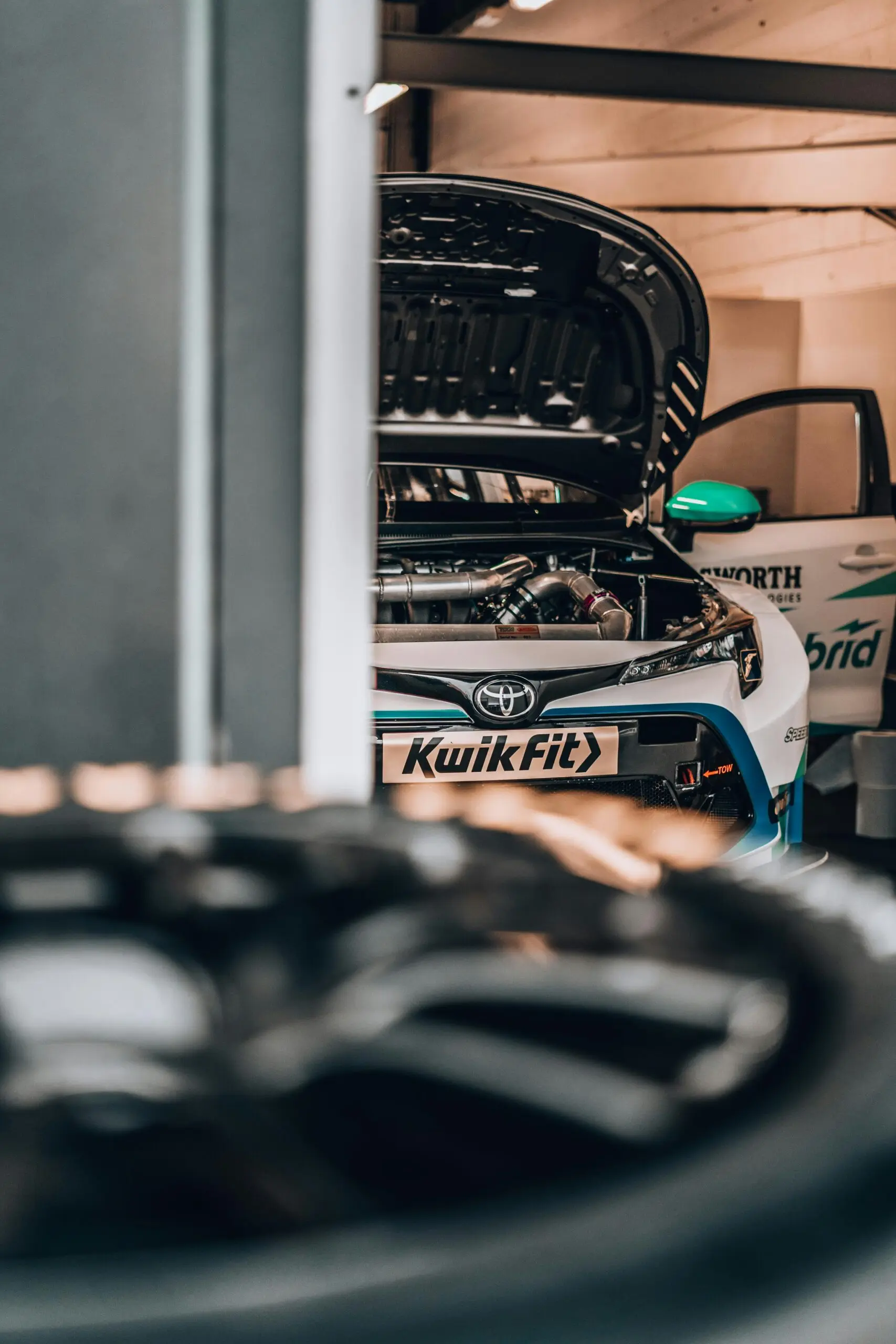How to Refurbish a Prius Hybrid Battery | A Step-by-Step Guide

How to Refurbish a Prius Hybrid Battery | A Step-by-Step Guide
If you’re a Prius owner, you know how important the hybrid battery is to your car’s performance. Over time, even the best hybrid batteries can degrade, leading to reduced efficiency and potential warning lights on your dashboard. Instead of shelling out for a brand-new replacement, refurbishing your Prius battery is a cost-effective and eco-friendly option.
In this blog, we’ll break down the technical steps involved in how to refurbish a Prius hybrid battery. While the process requires technical know-how and the right tools, understanding it can give you insight into how professionals bring these batteries back to life.
Step 1: Safety First
Hybrid batteries operate at high voltages, which can be dangerous if mishandled. Before starting, professionals take the following precautions:
Wear insulated gloves rated for high voltage.
Ensure the car is off, and the key is removed from the ignition.
Disconnect the 12-volt auxiliary battery.
Remove the hybrid battery fuse or safety plug to cut power from the battery.
These steps help protect against electric shock and ensure a safe working environment.
Step 2: Battery Removal
Removing the hybrid battery is the next step. In a Prius, the battery pack is typically located behind the rear seats. Here’s how it’s done:
Remove the trunk liner and any coverings.
Disconnect wiring harnesses and connectors attached to the battery.
Unscrew the bolts securing the battery in place.
Carefully lift the battery out of the car, as it can weigh 60-80 pounds.
This process requires care to avoid damaging the battery or other components.
Step 3: Initial Testing
Once removed, the battery undergoes a series of tests to assess its condition. Technicians use diagnostic tools to measure:
Voltage Levels: Each module in the battery pack is tested to identify weak or failing cells.
Internal Resistance: High resistance in a module indicates poor performance.
Charge Capacity: The ability of the modules to hold a charge is evaluated.
This data provides a clear picture of the battery’s overall health and which modules need attention.
Step 4: Disassembly of the Battery Pack
After identifying faulty modules, the battery pack is carefully disassembled. This involves:
Removing the metal casing to access the individual modules.
Detaching each module from the wiring harness and connectors.
Labeling modules for organization and testing.
The Toyota Prius hybrid battery pack typically contains 28 nickel-metal hydride (NiMH) modules.
Step 5: Replacing Faulty Modules
Technicians replace damaged or degraded modules with functioning ones. The replacement modules are either sourced from other refurbished batteries or manufactured new.
To ensure compatibility, they match the replacement modules to the existing ones by:
Voltage: Ensuring the voltage levels of the modules are similar.
Capacity: Matching charge capacities to maintain balance within the pack.
Step 6: Rebalancing the Battery Pack
Rebalancing, or “equalizing,” is critical to restoring the battery’s performance. This process involves:
Charging and Discharging: Each module is cycled through multiple charge and discharge phases to align their performance levels.
Balancing the Cells: Special chargers ensure all modules have equal voltage and charge levels.
This step prevents uneven performance, which can lead to premature wear.
Step 7: Reassembly and Final Testing
Once the modules are balanced, the battery is reassembled:
The modules are secured back into the casing.
Connectors and wiring harnesses are reattached.
The metal casing is sealed to protect the battery pack.
Before reinstalling the battery in the car, technicians perform:
Load Testing: Simulating real-world conditions to check the battery’s response under stress.
Performance Testing: Ensuring the battery meets voltage, capacity, and resistance standards.
Step 8: Reinstallation and Calibration
After passing all tests, the refurbished battery is reinstalled in the car. The final step involves calibrating the battery with the car’s onboard system to ensure seamless integration.
Why Refurbish Instead of Replace?
Refurbishing a Prius hybrid battery has several benefits:
Cost Savings: Refurbished batteries are significantly cheaper than new ones, costing $1,000-$1,500 on average.
Environmental Impact: Refurbishment reduces waste by reusing parts of the battery instead of discarding it entirely.
Sustainability: Refurbished batteries support a circular economy, minimizing the need for raw materials.
Professional Refurbishment: Leave It to the Experts
While it’s possible to refurbish a hybrid battery yourself, it’s not recommended unless you’re a trained technician. The process requires specialized tools, safety equipment, and a deep understanding of electrical systems.
Professionals like Hybrid Tech specialize in refurbishing Prius batteries, ensuring safety and quality at every step. With warranties and expert care, you can trust their team to get your car back on the road without breaking the bank.
Conclusion
Refurbishing a Prius hybrid battery is a complex yet rewarding process that restores your car’s performance and extends its lifespan. By understanding the technical steps involved, you can appreciate the skill and precision required to bring these batteries back to life.
If you’re considering a refurbished hybrid battery, reach out to Hybrid Tech for expert guidance and affordable solutions.
